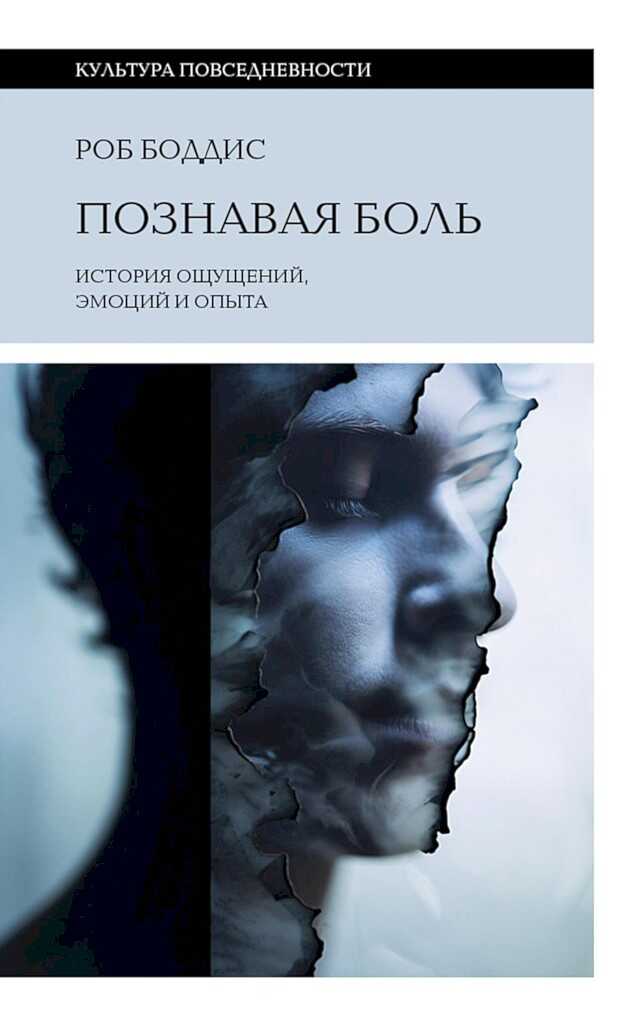Книга Чувства: Нейробиология сенсорного восприятия - Роб Десалл
Читать книгу Чувства: Нейробиология сенсорного восприятия - Роб Десалл полностью.
Шрифт:
-
+
Интервал:
-
+
Закладка:
Сделать
Перейти на страницу:
Перейти на страницу:
Книги схожие с книгой «Чувства: Нейробиология сенсорного восприятия - Роб Десалл» от автора - Роб Десалл:
Комментарии и отзывы (0) к книге "Чувства: Нейробиология сенсорного восприятия - Роб Десалл"








